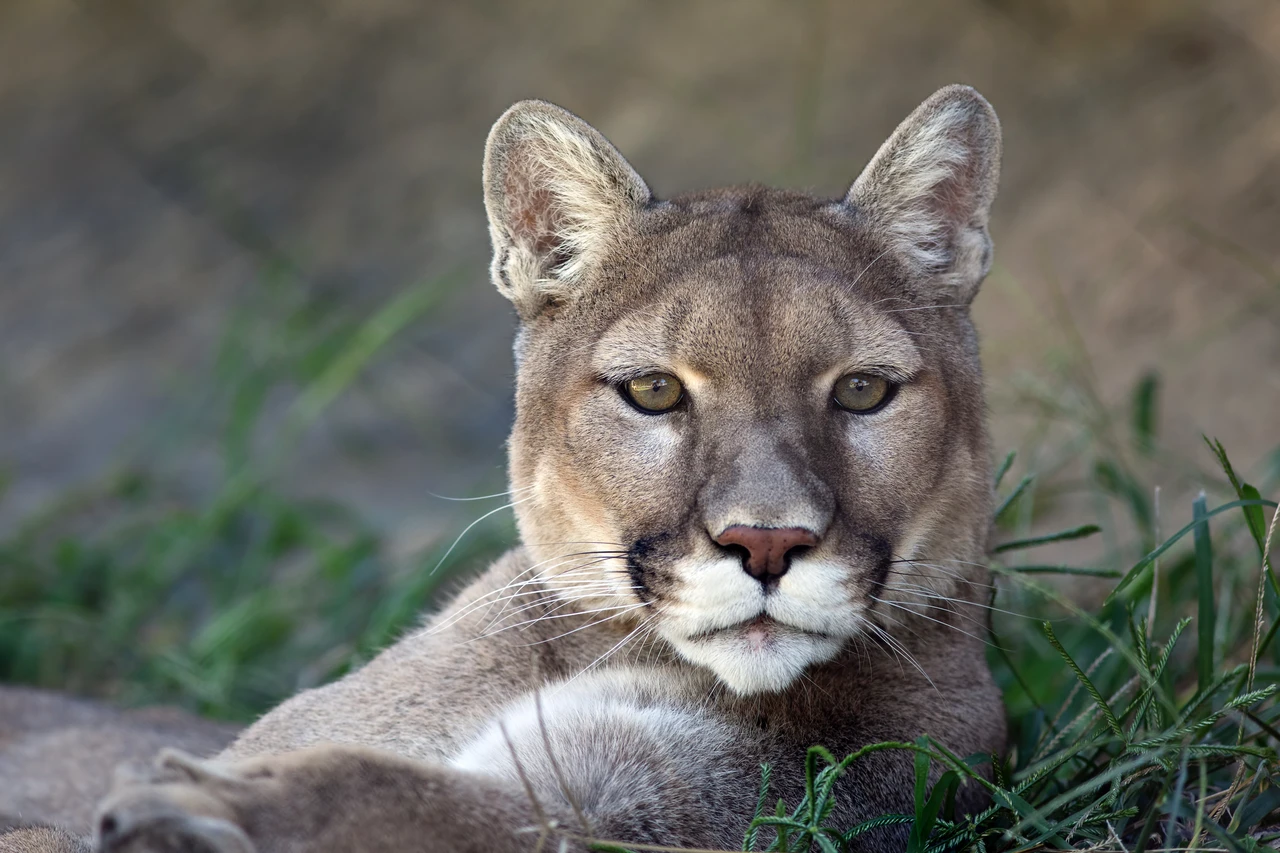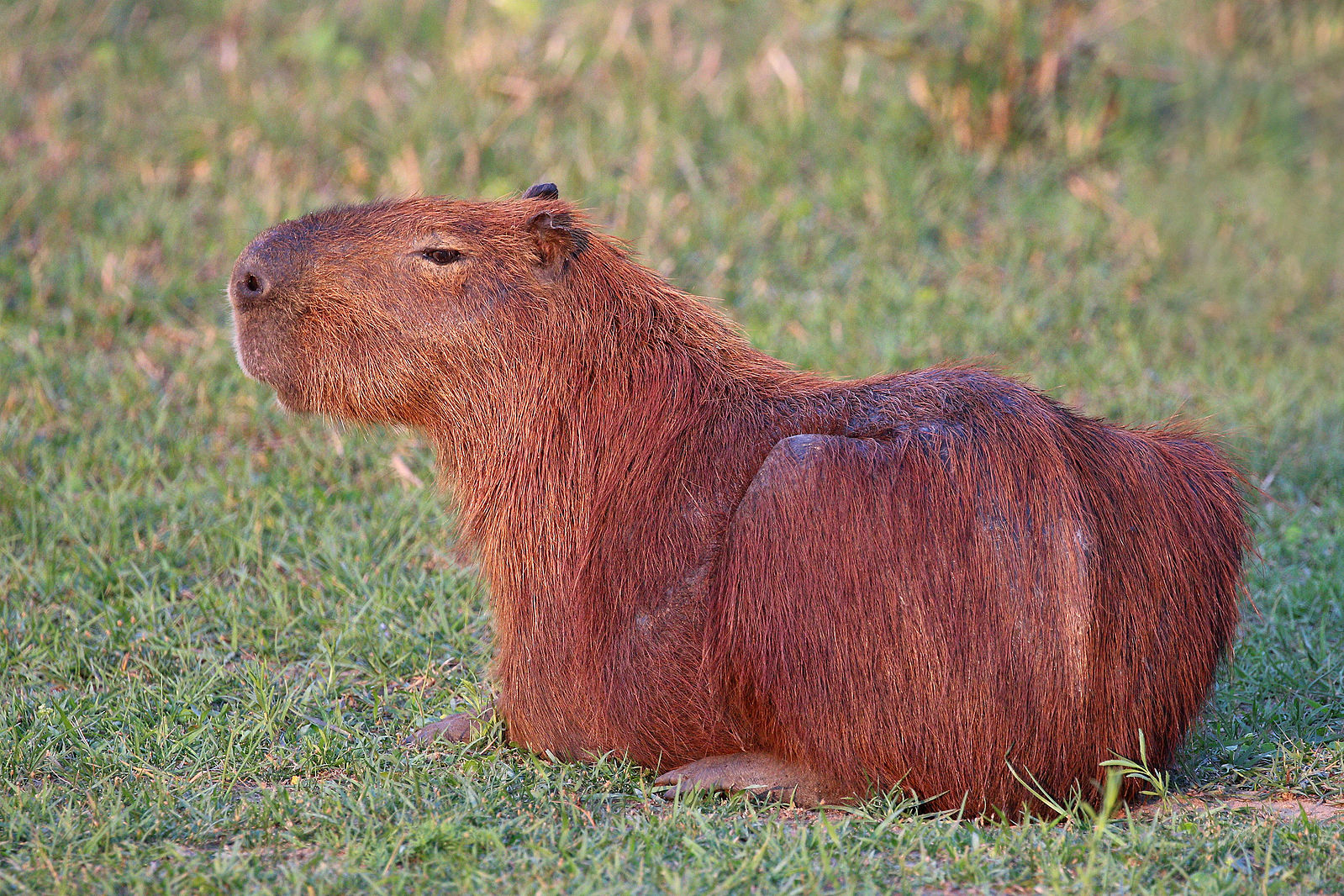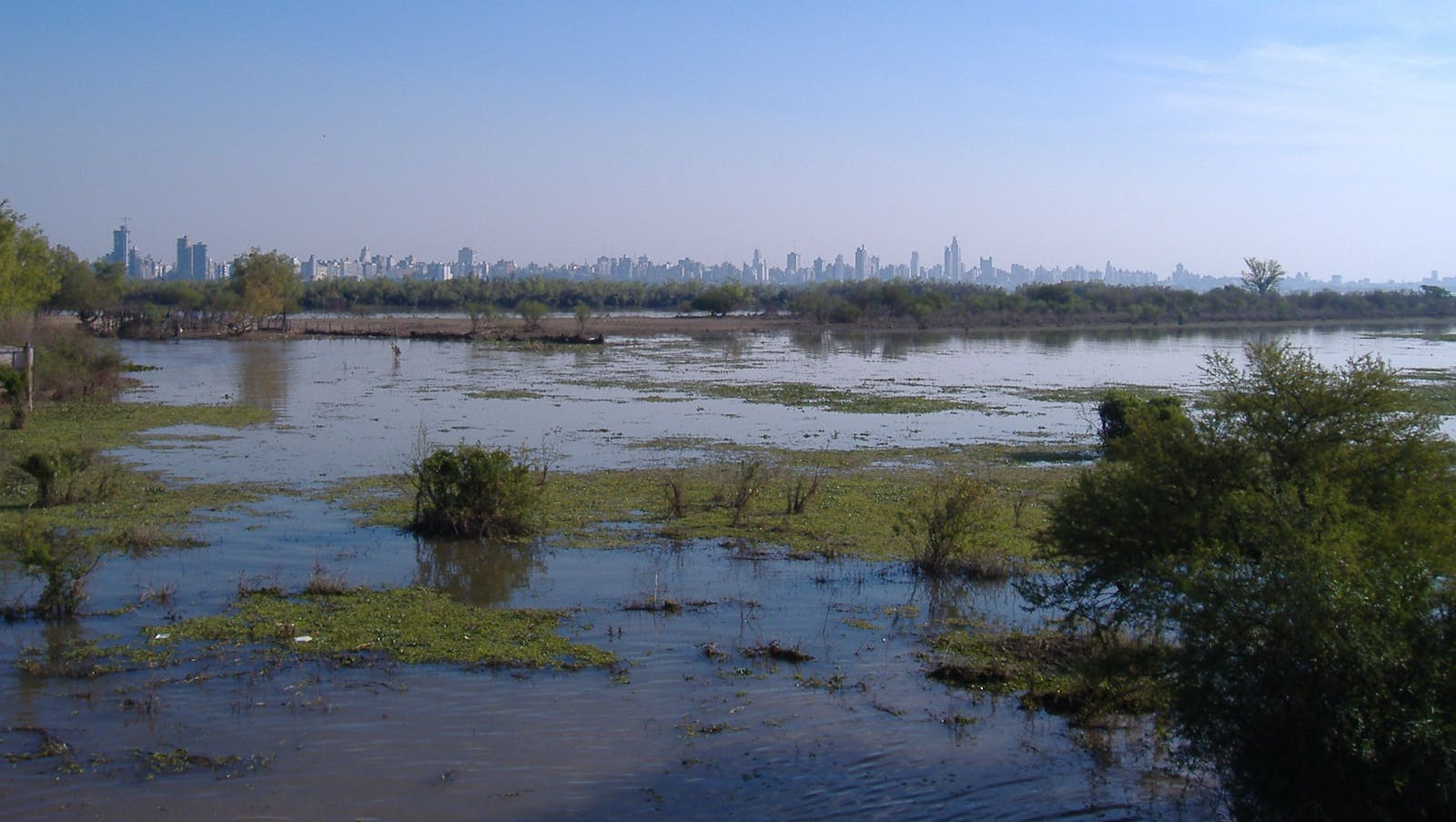Paraná Flooded Savanna
The ecoregion’s land area is provided in units of 1,000 hectares. The conservation target is the Global Safety Net (GSN1) area for the given ecoregion. The protection level indicates the percentage of the GSN goal that is currently protected on a scale of 0-10. N/A means data is not available at this time.
Bioregion: Rio de la Plata Grasslands (NT3)
Realm: Southern America
Ecoregion Size (1000 ha):
3,721
Ecoregion ID:
585
Conservation Target:
59%
Protection Level:
6
States: Argentina
The marsh deer, listed as vulnerable by the IUCN, is South America’s largest deer species and can be found in the Paraná Flooded Savanna ecoregion. It stands apart with its large ears, long legs, fuzzy brown coat, and white neck patch. They are swift swimmers and thrive in marsh areas, as their name suggests.
Swimming comes in handy both to cross over to find new food sources or to escape jaguar or puma. Not surprisingly, marsh deer also prefer aquatic plants, but are adaptable and able to survive in a range of habitats. Because of the seasonal fluctuations in water levels, marsh deer have also adapted migration patterns to follow these changes.
_resized.jpg)
The flagship species of the Paraná Flooded Savanna ecoregion is the marsh deer. Image credit: Courtesy of Phillip Capper, Flickr
The Paraná Flooded Savanna ecoregion includes the floodplains of the middle and lower Paraná River and its tributary, the Paraguay River. The southern section includes the Paraná Delta and the La Plata River Basin. The landscape of this region is represented by low islands that receives flood. The permanent presence of large bodies of water creates high humidity that mitigates extreme daily and seasonal temperatures allowing for the presence of communities and species typical of the humid subtropical regions in the country’s northeast.
The primary forest and shrubland vegetation on the islands are sauce criollo, aliso, and ceibo among others. Aquatic vegetation includes hyacinths, Victoria cruziana waterlilies, bulrush, southern cattail, and pickerelweed.

Puma. Image credit: Creative Commons
The ecoregion is very rich in species. Some endemics include the vulnerable marsh deer and the endangered red spotted Argentinian frog. There is a recorded high presence and variety of bird species within the region resulting in three Endemic Bird Areas being recognized. Other species of interest include river otter, Argentinian snake necked turtle, and capybara.
There are over 300 species of fish within the flooded savanna. Three species of catfish, the spotted sorubim amd gilded and Tiger shovelnoses along with the dorado and pirapitá predatory freshwater fish are a source of income for both tourism and fishing.

Capybara. Image credit: Courtesy of Charles J. Sharp
Natural reserves existing in this ecoregion include: Cayastá Provincial Reserve, Del Medio-Los Caballos Provincial Reserve, Colonia Benitez Strict Natural Reserve, and Vire-Pitá Provincial Reserve.
In general, large infrastructure projects such as dykes, dams, waterways, and roads represent a great threat to the flora and fauna of Argentina, especially for ecoregions like the Paraná Flooded Savannas where hydrology plays a key role. Petroleum and mining operations, agriculture, urban expansion, pollution, habitat fragmentation, and poorly-managed tourism are also threats to this ecoregion. Finally, commercial hunting and poaching continue to threaten wildlife, with illegal shipments of hides and skins, in violation of established quotas and/or involving the hunting of prohibited species that are often confiscated.
The priority conservation actions for the next decade are to: 1) ensure the protection of the ecoregion’s hydrology by regulating the impact of, or even avoiding altogether, dykes, dam, and waterway construction; 2) strengthen anti-poaching measures and on the ground enforcement capacity; and 3) restrict urban sprawl and industrialization from the area.
Citations
1. Dellafiore, C. 2018. Southern South America: Eastern Argentina. https://www.worldwildlife.org/ecoregions/nt0908 Accessed September 27, 2018
2. Cabrera, A. L. 1976. Regiones fitogeográficas Argentinas. Enciclopedia Argentina de Agricultura y Jardinería, Second Edition, Vol. II, Buenos Aires, Argentina.
3. Canevari P., D.E. Blanco, E. Bucher, G. Castro and I. Davidson. 1998. Los Humedales de la Argentina. Clasificación, situación actual, conservación y legislación. Wetlands International. Publicación Nº 46. 208pp.
4. Duarte, J.M.B, Varela, D., Piovezan, U., Beccaceci, M.D. & Garcia, J.E. 2016. Blastocerus dichotomus. The IUCN Red List of Threatened Species 2016: e.T2828A22160916. http://dx.doi.org/10.2305/IUCN.UK.2016-1.RLTS.T2828A22160916.en. Accessed on September 27, 2018.



